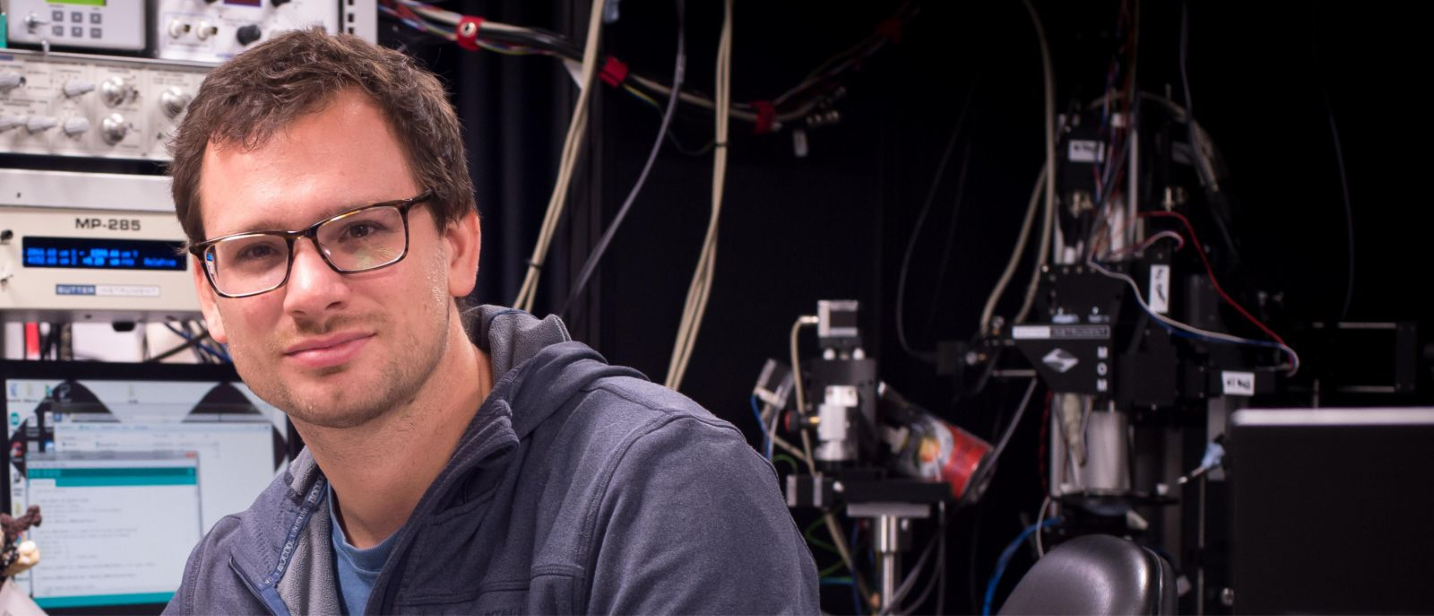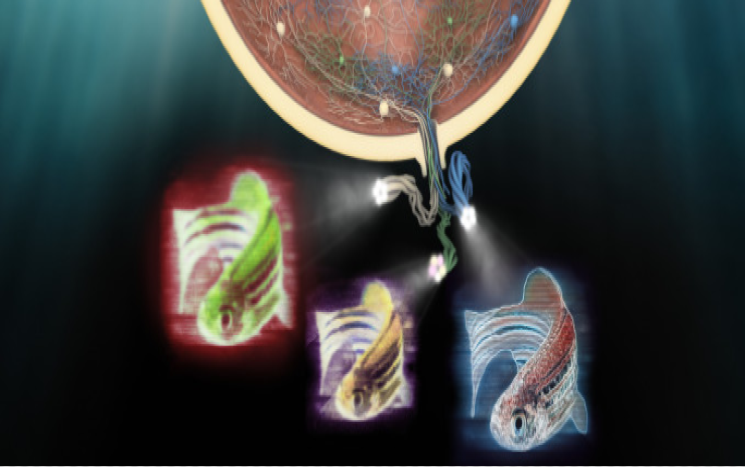
Tom Baden
Vision and visual ecology
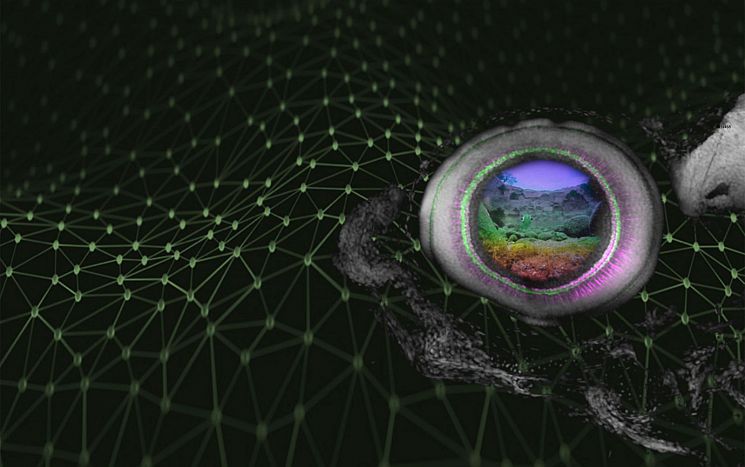
We want to make sense of the brain’s astonishing and mysterious ability to recognise temporal patterns.” miguel maravall
Professor of Neuroscience
Our nervous system informs our actions by interpreting signals from the world around us. Each animal’s senses are exquisitely matched to its ecological niche, and need to be understood in relation to the body in which they exist and the behavioural needs they serve. Sussex pioneered research in this area, and today sensory processing remains a central research theme within Sussex Neuroscience, using an interdisciplinary spectrum of cutting-edge methods and approaches. Understanding the neural mechanisms by which animals sense the world will help neuroscientists to inform the design of biologically-inspired machines, computational algorithms, cures for sensory impairments and the development of neuro-prostheses.

Vision and visual ecology
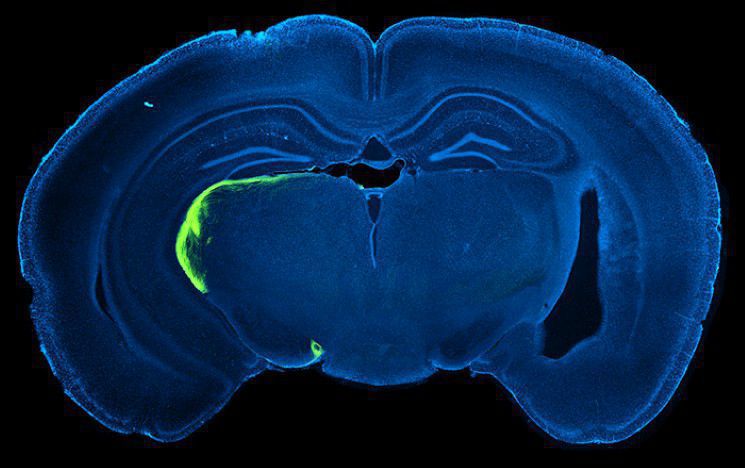
Vision and behaviour
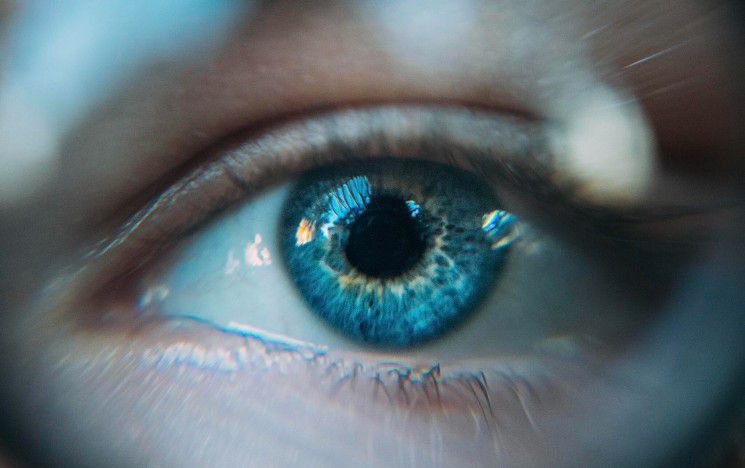
Visual perception
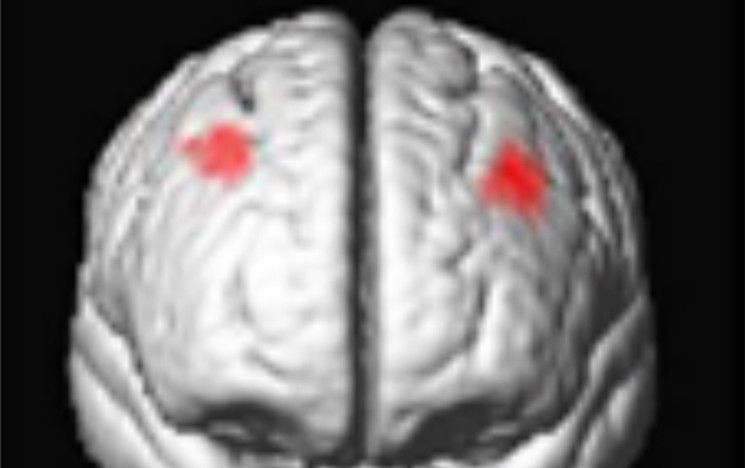
Colour vision
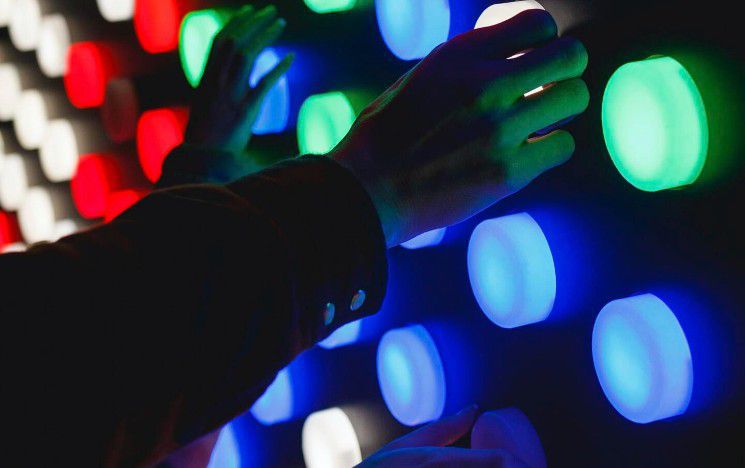
Synaesthesia; individual differences in perceptual experience
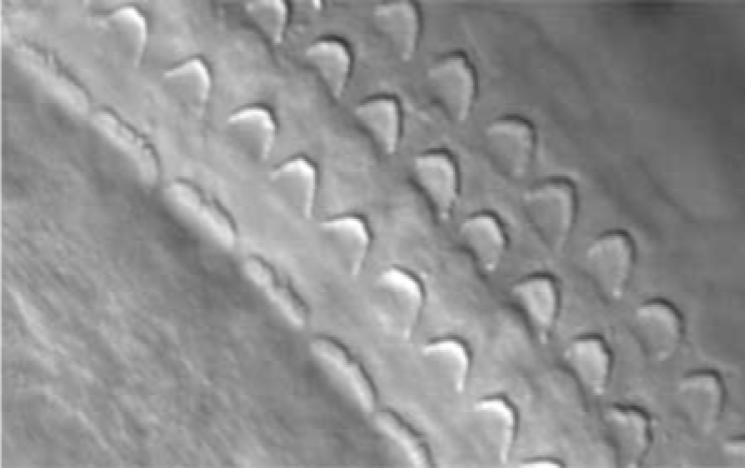
Function and development of auditory hair cells
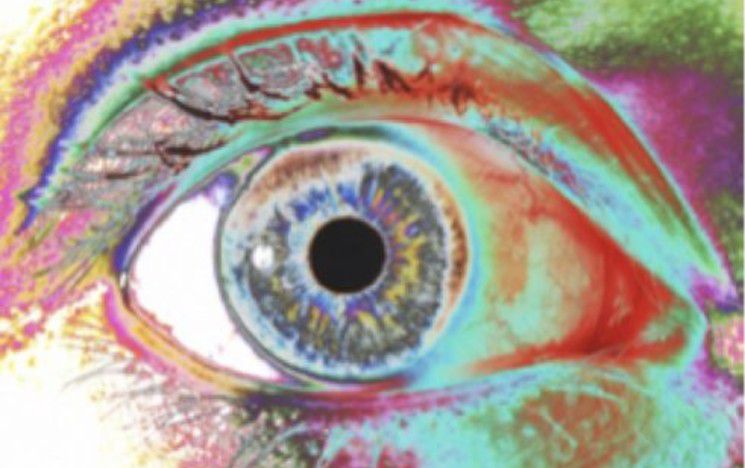
Neural circuits processing sensory information
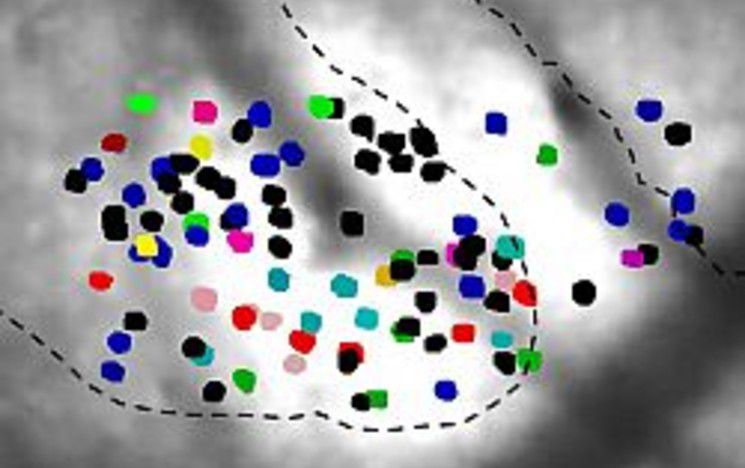
Sensory messages carried by neurons in the whisker system
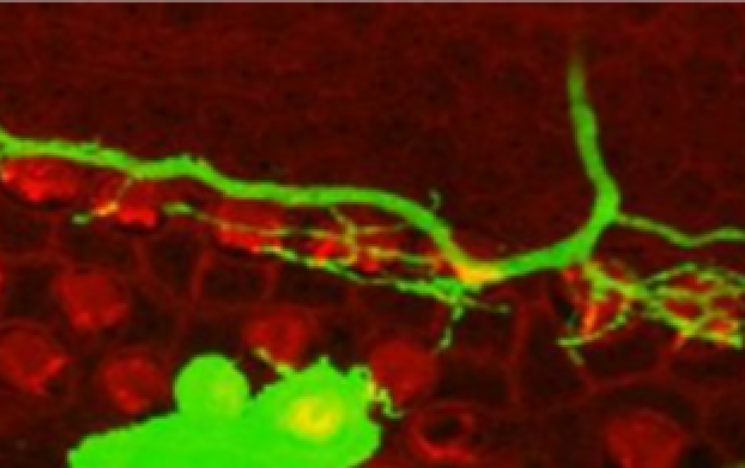
Molecular and cellular basis of hearing
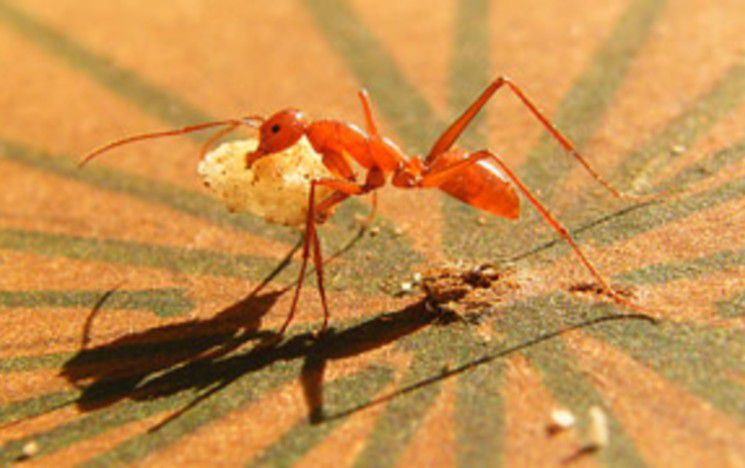
Insect navigation
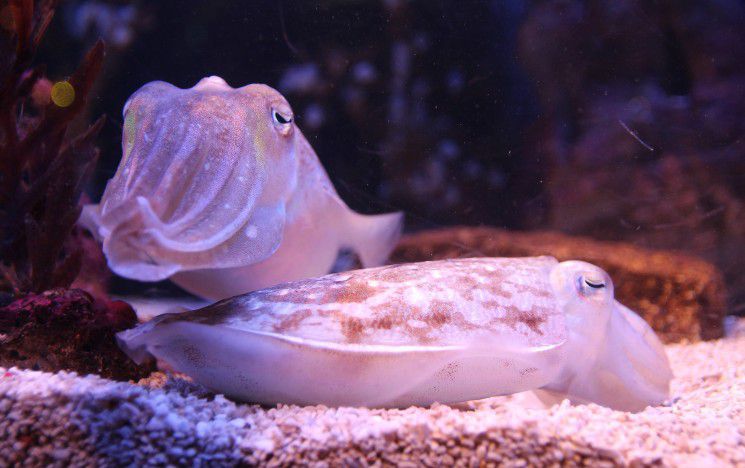
Colour vision
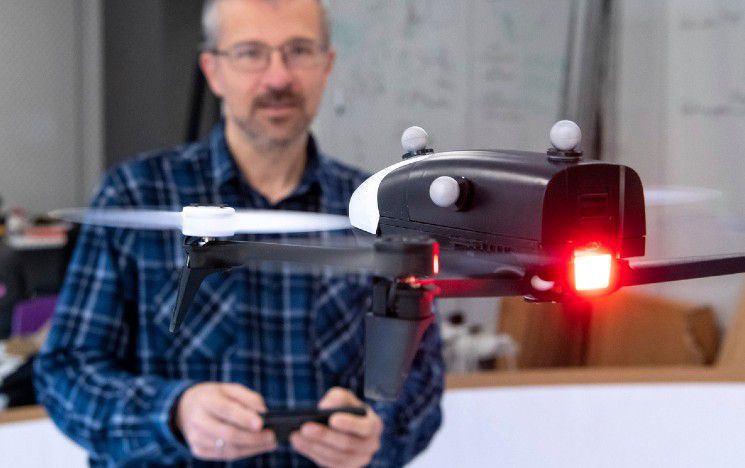
Computational neuroscience and hybrid systems
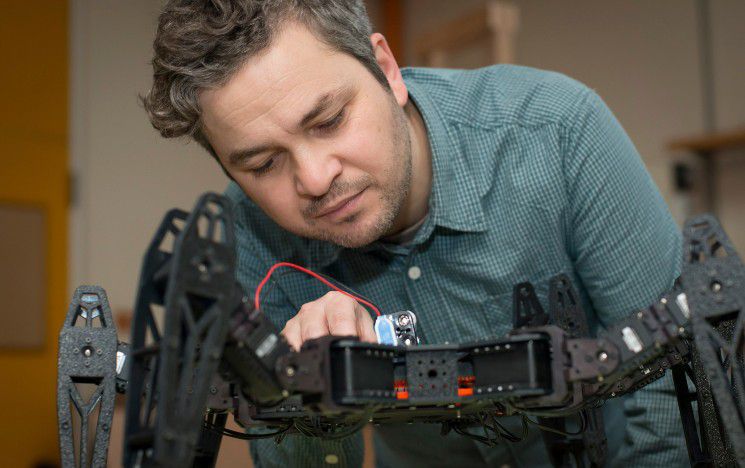
Robotics, AI and adaptive behaviour
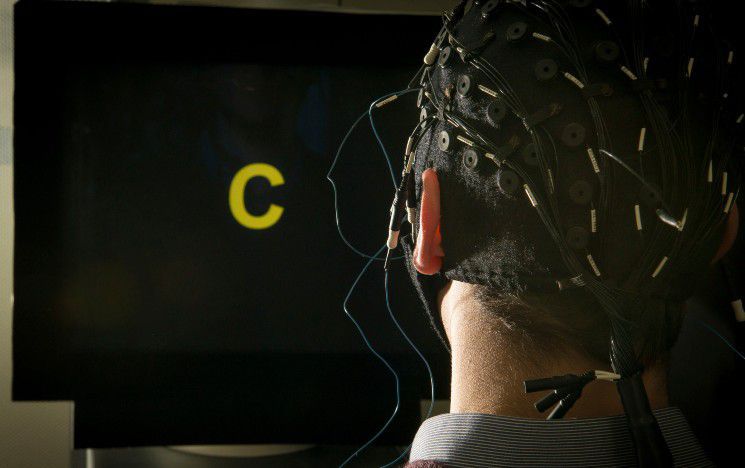
Psychology and neuroscience of sensory differences
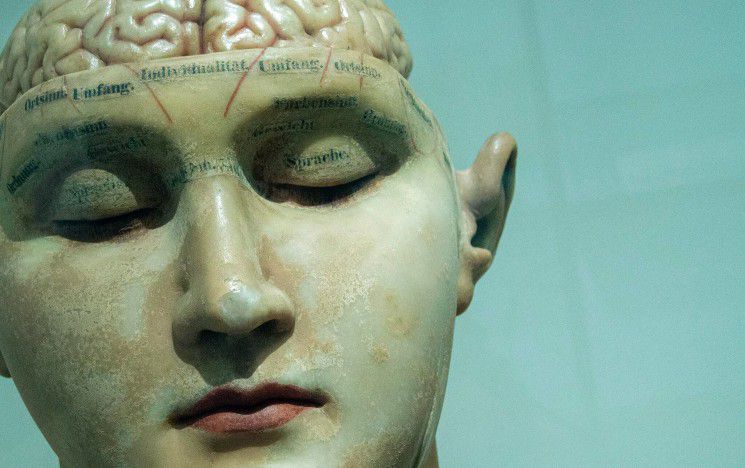
Audition, attention and speech
Professor of Neuroscience
“The fundamental question underlying my research is: How do neurons compute? I want to know how a single neuron, and then a network, can generate the functions of our nervous system.
Ever since my PhD at Cambridge I have examined this question in sensory systems, as they provide the perfect experimental opportunity to study a defined signal-in-signal-out process. Electrical recordings and cellular imaging techniques underpin my research, and during my early postdoctoral career I went to labs where the techniques were leading the field, first with Leon Lagnado (then at Cambridge, now at Sussex) and then Thomas Euler in Tuebingen.
I came to Sussex for its long tradition of research into the basic mechanisms of sensory systems in a range of different species, for example through the work of Mike Land FRS and others. Here there is a dynamic grouping of sensory neuroscientists working across subject disciplines, from synapses to computation to evolution to psychophysics.
Together we have the exciting opportunity to also go beyond the more commonly studied animal models, and towards a greater understanding of the natural history of how brains work at the most fundamental level.”
